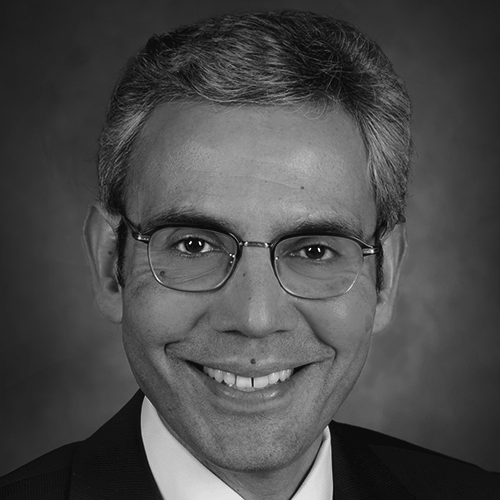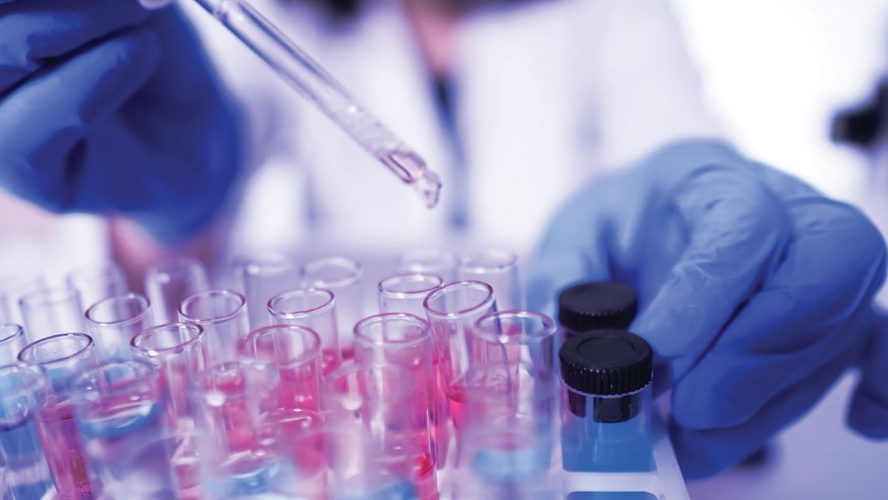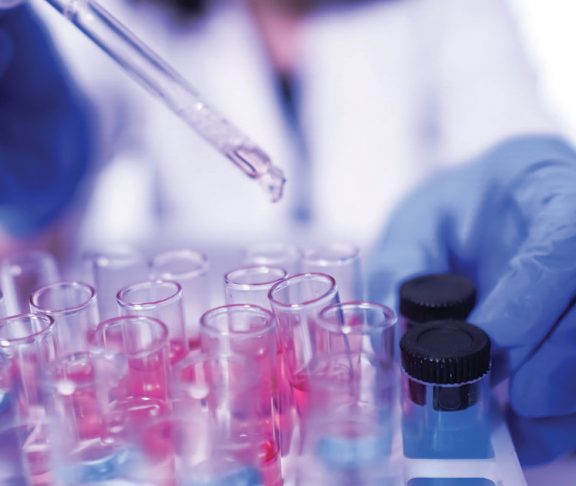
Rajesh T. Gandhi, MD, FIDSA
Rajesh T. Gandhi, MD, FIDSA, Chair, HIV Medicine Association
In January 2020, the year that would close the fourth decade of the American HIV epidemic opened promisingly, with a federal plan to stop transmission of the virus before the end of a fifth decade. With improved surveillance, implementation of proven biomedical prevention measures, a cross-government approach – all bolstered by new funding — the US Ending the HIV Epidemic initiative offered a strategy for ending one epidemic and a roadmap for countering future public health threats, as well.
Instead, over the months that followed, the new public health threat of COVID-19 profoundly disrupted services to detect, prevent and treat HIV, while highlighting gaps in our public health infrastructure that leave us vulnerable to emerging and re-emerging diseases.
While discouraging, events since the emergence of COVID-19 and developments since the first reports of what we now know as AIDS, have shown us what we still can do to end HIV as an epidemic in America. If we apply those lessons, we also can make our country better prepared for the next pathogen of pandemic potential.
Swiftly support science, involve those most affected
The mobilization that sped development of vaccines against COVID-19 would not have been possible without investments in biomedical research and development spurred by efforts to find prevention, treatments and a cure for HIV. In addition to yielding life-saving therapies and proven prevention measures, HIV research highlighted the role that affected communities must play in driving and shaping research, with the principle: “Nothing About Us Without Us”. Greater investments are needed toward improved long-acting antiretroviral treatments, care for people aging with HIV, and toward an HIV cure and a vaccine. We must address barriers to clinical trial participation for the populations heavily impacted by HIV to optimize the impacts of scientific discovery. The lessons– the importance of public/private investments toward a common goal; that equity must be woven into the fabric of discovery – apply not only to HIV research but to the entire biomedical and public health enterprise.
Complete, current and comprehensive data is to epidemic control
HIV has shown us that disease surveillance is needed most where health services are out of reach. The Ending the HIV Epidemic initiative was built around data showing where incidence is highest, but important information on the sexual orientation and gender identity of the communities most affected by HIV remains missing. Responses to HIV and to the COVID-19 pandemic in the U.S. remain hindered by limited data on immigrant, racial, ethnic and sexually minority populations, justice-involved individuals and of people with substance use disorders. Eliminating discriminatory policies that keep the most vulnerable populations hidden will enable more effective and efficient responses to HIV, COVID-19 and future pandemics.
Address social determinants of health and eliminate structural barriers to services
Unstable and inadequate housing, employment, income and education have fueled HIV and are central to the disproportionate impact of COVID-19 on racial and ethnic minority populations. Ensuring health care coverage and access for everyone, including the more than 2 million lowest income individuals in the 14 states that have not implemented Medicaid expansion, will be pivotal to treating people with HIV and preventing new transmissions.
Global health security is domestic health security
The U.S. President’s Emergency Plan for AIDS Relief and the Global Fund to Fight AIDS, Tuberculosis and Malaria help stem the spread of disease, while building the infrastructure for countries to detect, prevent and respond. We have witnessed the ravages of HIV – and the humanitarian catastrophe of COVID-19 – on resource-constrained settings. Increased investments in global health security are essential to preserving the gains against both diseases we have made in the U.S.
Invest now or pay later
Delayed responses to the emergence of AIDS in the United States and the belated response to the global HIV pandemic have demonstrated that we cannot afford to wait when confronted with an existential threat. The devastating spread of COVID-19 reminds us again of the consequences of inaction. By acting now and investing fully, we can end HIV as an epidemic in the US – and set the course toward a healthier nation and world.

